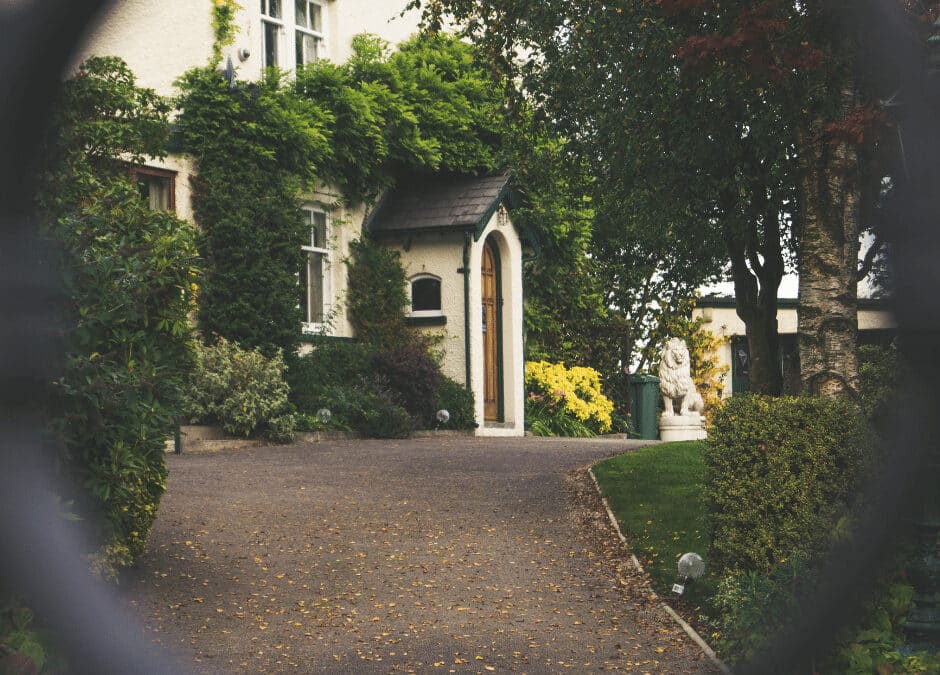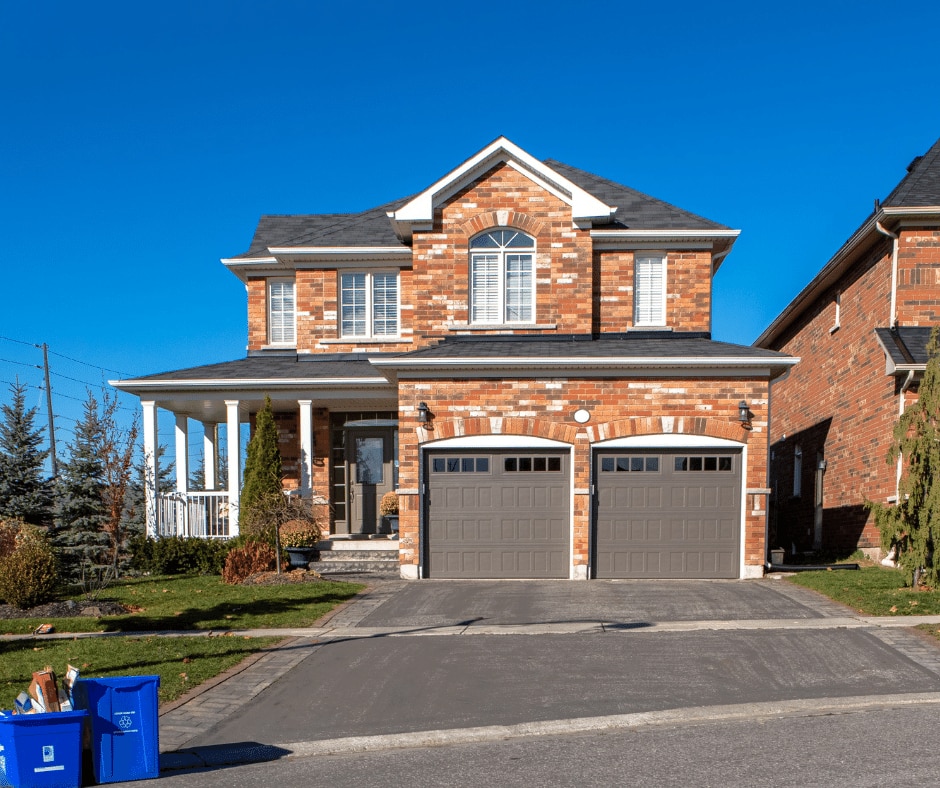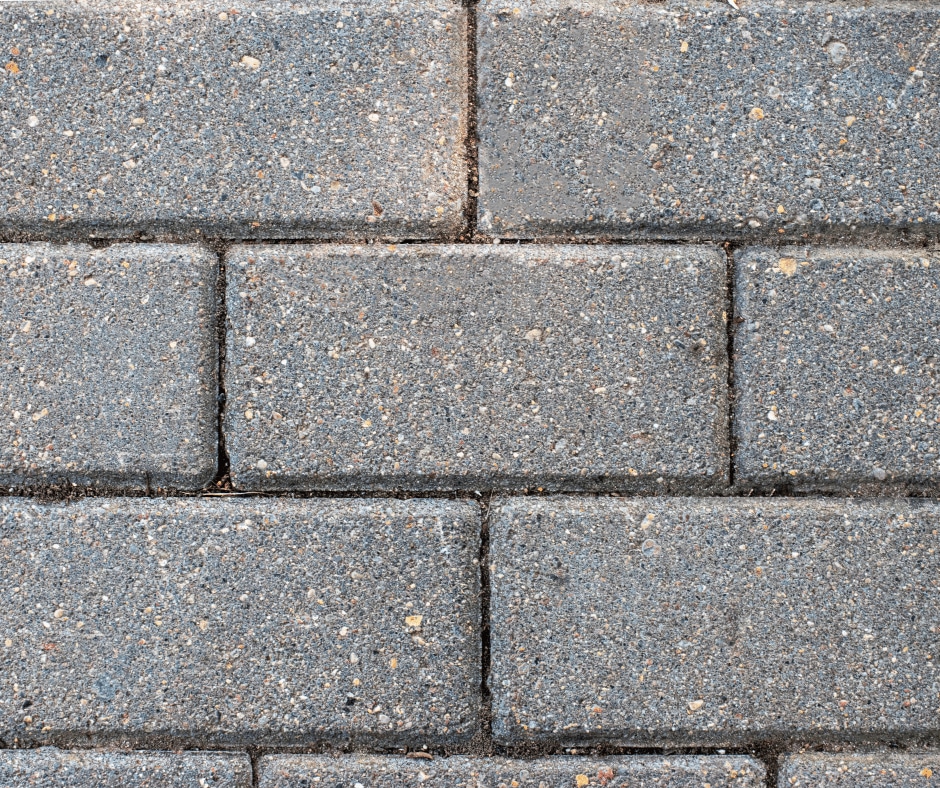Your driveway might not seem like the most important part of your home to pay attention to. Or invest much of your money and resources into. However, consider this: without a car, you are very limited in what you can do. And without a good driveway, your car’s condition will deteriorate faster. Driving over a bumpy surface with pitfalls is not exactly good for your wheels. So, increasing the longevity of your driveway should definitely be one of your goals.
Select your material carefully from the start
Typically, there are seven different options for materials you can make your driveway out of:
- Concrete
- Asphalt
- Paver
- Turf
- Tarmac
- Brick
- Gravel
- Stamped Concrete
Each material actually has something to recommend it. Concrete is quick and cheap to install. Asphalt tends to last long and strikes a good balance between cost and performance. Brick or paver can be installed quickly and patched piecemeal if damage does occur. So on and so forth. Naturally, the way you look after your driveway changes a bit with its material. Asphalt maintenance tips would not necessarily apply to gravel or turf. So, while choosing the material for your driveway, also look into how much work such a driveway needs to stay in good shape. You do not want to invest in something that just looks good and that you’ll abandon in a couple of months because it’s a chore.
Get on the cracks quickly
Cracks in your driveway are one of the most insidious problems to deal with. They directly open up your driveway to a lot of risks, including further spreading of cracks, sinking, and, depending on your driveway’s material, fracturing. One of the most important things to do when moving into a new home is to inspect your driveway for cracks. This is an essential task if you want to prevent your driveway from becoming nearly unusable. After all, cracks do open up the opportunity of something getting caught in them and puncturing your tires. And the cracks, once they get big enough, are just a general health hazard to anyone walking over them. It is much better to work on increasing the longevity of your driveway by having the cracks filled in and preventing their further spread!
Prevent standing water
Standing water is one of those things you notice but never really give attention to in your yard. After all, every yard has puddles, right? While this is true, those ‘harmless’ puddles can also become one of the reasons your driveway might be sinking. This happens because water will look for any places it can drain away into. It’s just simple physics, of course, but what it tends to lead to—especially if your driveway is not flawlessly installed—is water slipping under your driveway. Here, it softens the soil, which is then pressed down when your car travels over it. The heavier your car, the faster this causes your driveway to sink.
Keep your driveway clean
Weird advice, isn’t it, to clean as a way of increasing the longevity of your driveway? And yet, it is a very effective strategy to follow. One of the biggest sources of damage to your driveway is long-term erosion and weathering. Now, a bit of debris will not worsen this by much. However, the situation changes if you ignore the need to clean and let pebbles and similar accumulate. After all, your vehicle presses over your driveway every time you drive over it. And any pebbles or other debris are driven into your driveway with considerable weight. This naturally causes your driveway to accumulate damage. The experts associated with Verified Movers warn that this problem is very quickly apparent if you use your driveway for a larger truck or an SUV. Making it even more necessary to do proper driveway maintenance if you own one.
Always tackle repairs immediately
Increasing the longevity of your driveway, as we’ve hinted before, is often about how quickly you respond to problems. Any minor thing that you leave to fester can come back to bite you as a much larger issue. Water puddles slip into cracks and cause sinking. Debris causes damage over time. It’s little things, in the end, that will actually get the better of you. And a very good argument in favor of reacting quickly is cost. The longer you wait to respond, the more repairs or renovations will cost you. To the point that, eventually, investing in a brand new driveway will probably be a better idea. Of course, you shouldn’t overdo it, either. Investing into renovations every month or two is obviously not financially viable. This is why our previous advice is important. Ask yourself whether the potential for worse developments exists, and act accordingly.
Consider resurfacing
The final way you can increase your driveway’s longevity is resurfacing. Contrary to what the name implies, ‘resurfacing’ does not mean completely rebuilding your driveway. Instead, it is the process of pouring a resin and aggregating over it to cover over damaged or worn down parts. Note that this is only an option if you have a tarmac or asphalt driveway. In a way, this is a process very similar to the patching of cracks we had covered before, with an addendum that you definitely want to hire skilled driveway repair contractors in order to achieve the best results without actually making things worse. And that is a real possibility if you do not know what you are doing, so cast aside any DIY plans! A badly resurfaced driveway might need to be scrapped entirely.
Final comments on increasing the longevity of your driveway
Now that you know how to go about increasing the longevity of your driveway, you will be able to do a good job with it! Of course, if you cannot invest a lot of money into such things at the moment, that’s fine. Even if it is not ideal, your family’s budgeting still takes precedence. You can try to keep your driveway in top shape with methods that do not require any money, too!





Recent Comments